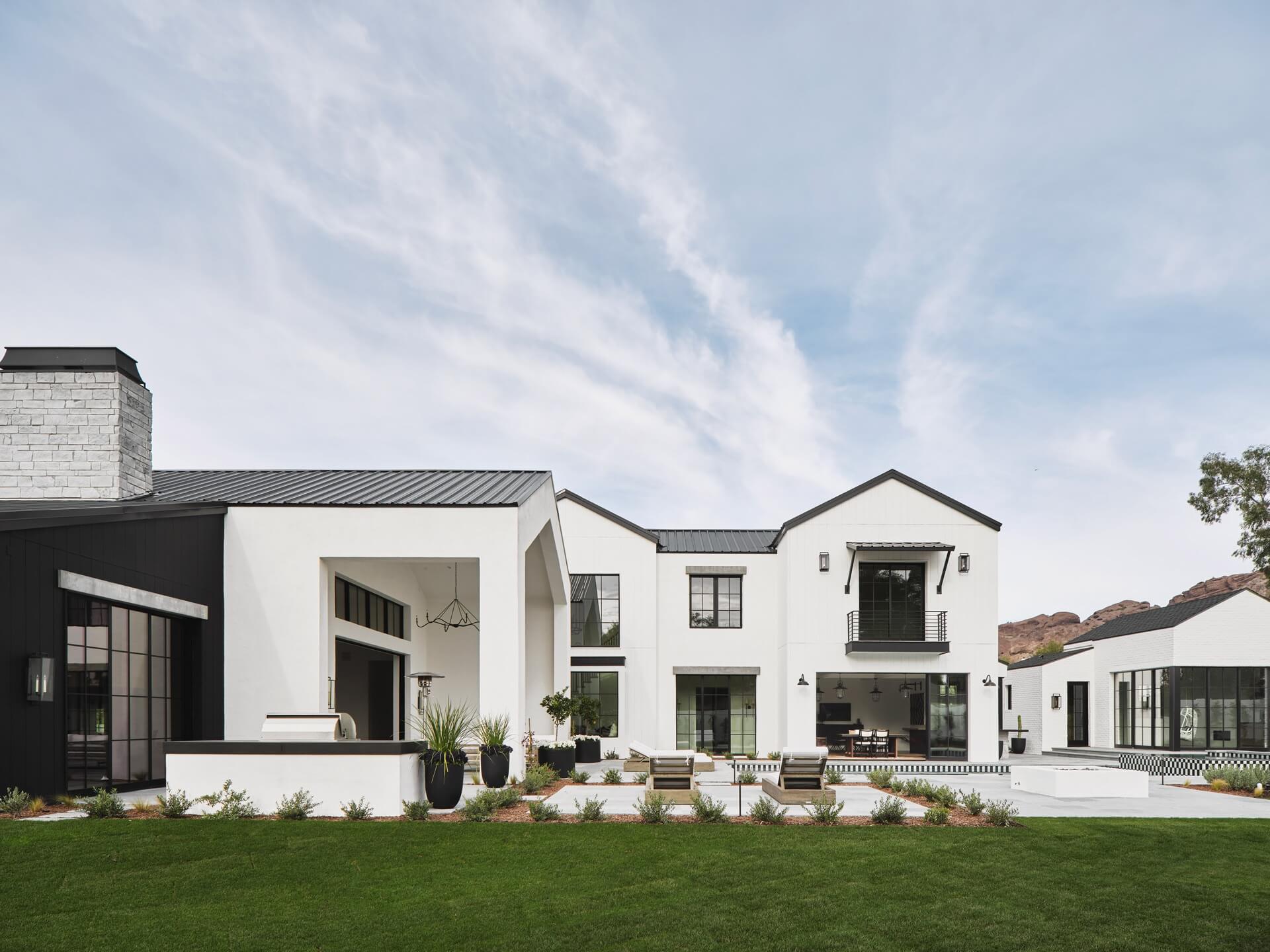Exploring Universal Design: Going Beyond Accessibility Codes
Maurita Harris, a Senior Architect at PHX, is actively involved as a committee member of the AIA Phoenix Metro Women in Architecture group. In July, she played a key role in organizing and participating in a panel discussion for Disability Pride Month, held at
Ability 360 in Phoenix. The event brought together five panelists to explore the theme: “Accessibility: Beyond the Code.”
The conversation focused on the importance of designing spaces that go beyond the minimum standards set by the Americans with Disabilities Act (ADA). While the ADA is a crucial piece of federal legislation that protects the rights of people with disabilities, it’s important to understand that it represents only the minimum legal requirements for accessibility in the built environment.
Designing strictly to ADA standards may meet legal obligations, but it doesn’t always meet the diverse needs of all users. Disabilities can be both visible and invisible, permanent or temporary. This is where the concept of Universal Design comes in—a philosophy that encourages creating environments that are usable by everyone, regardless of age, ability, or circumstance.
By incorporating Universal Design principles, architects and designers aim to create more flexible, inclusive spaces that are functional for all. This approach not only supports people with disabilities but also benefits older adults, families with young children, and individuals who may face temporary mobility challenges.
Beyond the ethical and social value, Universal Design can also be more cost-effective in the long run. It allows people to “age in place” more comfortably and adapt to life changes without the need for costly renovations or relocations.
To learn more about the history and ongoing impact of the Americans with Disabilities Act, visit ADA.gov.
Share This Post

Get Inspired by PHX ARCHITECTURE
Download Your Free Booklet
"*" indicates required fields

